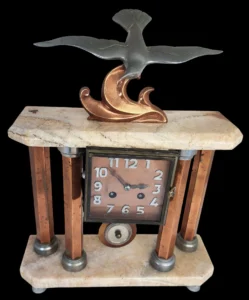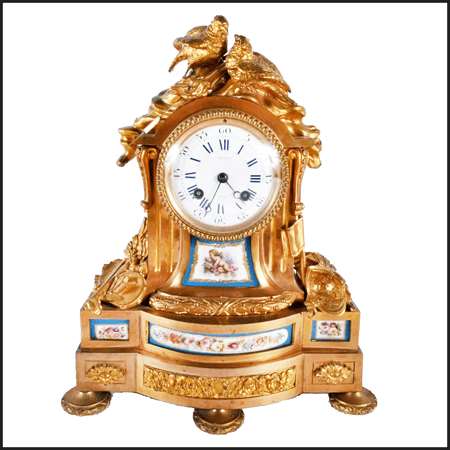There’s something fascinating about discovering you might own a valuable clock. Maybe it’s a piece that’s been in your family for decades, or something you picked up at a flea market that just feels special. The question is, how do you tell if that ticking beauty on your shelf is just sentimental—or truly worth something?
To begin, a valuable clock almost always shows its worth through craftsmanship, age, and provenance. When you examine yours, start with the basics: the materials, maker’s marks, and the overall condition. Solid brass mechanisms, fine wood casing, or hand-painted dials are early indicators of higher value. Factory-made clocks from later eras tend to have less craftsmanship and therefore less collectible worth.
Spotting the Signs of a Valuable Clock

The maker is often the biggest clue in determining if you have a valuable clock. Brands like Gustav Becker, Seth Thomas, and Junghans are household names among collectors, but there are also many lesser-known makers whose pieces can command attention. Look at the dial, movement, and back plate for engraved or stamped signatures. A clearly visible maker’s mark, especially one tied to a known European or early American craftsman, is a positive sign.
If your clock bears the name of a small workshop or carries hallmarks from the 18th or 19th century, you could be looking at something quite special. Sometimes, these marks are faint or hidden, requiring a little patience and magnification to identify correctly.
Condition and Originality Matter
Collectors value authenticity above all else. A valuable clock that still has its original movement, face, and pendulum will almost always fetch more than one that’s been modified or repaired with newer parts. While a sympathetic restoration can preserve value, a full replacement of internal workings usually reduces it.
Examine whether the clock has consistent patina, matching serial numbers, and no obvious signs of alteration. The wear should feel honest—like it aged naturally over time. Overly shiny brass or freshly painted cases can signal over-restoration, which collectors tend to avoid.
Style and Period: Reading the Design Language
Every clock tells a story not only through its tick but through its style. A valuable clock from the Georgian or Victorian era often features intricate scrollwork, detailed finials, or hand-carved embellishments. French ormolu and English bracket clocks are admired for their refinement, while early American wooden works have rustic charm that appeals to folk art collectors.
The design can also date the piece—Empire and Art Deco clocks, for instance, reflect the aesthetics of their respective periods, each adding to the historical value. Researching design motifs helps you match your piece to an era and identify its potential worth.
Provenance: The Clock’s Backstory
One of the most overlooked elements in identifying a valuable clock is its history. Provenance—who owned it, where it came from, or whether it was part of a notable collection—can raise value dramatically. A clock that sat in a famous estate or was once owned by a known figure carries additional allure for collectors.
Keep any original receipts, labels, or photos that connect your clock to its past. If the story can be verified, you’ve added another layer of appeal that collectors and appraisers take seriously.
Appraising and Verifying Value
When in doubt, consult a specialist. Professional appraisers or horologists can give you an accurate assessment of your valuable clock, including its origin, authenticity, and market range. Many auction houses offer preliminary evaluations at little or no cost.
If you’re not ready for an official appraisal, you can still do some homework: check auction listings for similar makes and styles, visit collector forums, and browse online clock communities. Patterns in pricing will help you gauge how the market views clocks like yours.
Preserving and Displaying Your Timepiece
Once you know your valuable clock has worth, treat it accordingly. Keep it away from direct sunlight, moisture, and temperature fluctuations. Clocks with wooden cases need stable humidity, while brass or metal features should be gently cleaned with non-abrasive products.
If you own a vintage mantelpiece clock, consider displaying it on a sturdy, vibration-free surface where its sound and movement can be appreciated without disturbance. Proper care not only maintains its value but also allows you to enjoy the artistry of timekeeping at its finest.
Bringing Time’s Legacy Into Focus
The beauty of owning a valuable clock lies in what it represents—a bridge between craftsmanship and history, between mechanical art and personal heritage. Whether it’s a vintage clock passed down through generations or a vintage mantelpiece clock that caught your eye in an antique shop, each carries the essence of time in both design and story.
Take the time to study, care for, and appreciate these remarkable creations. Among vintage clocks, the real value often isn’t just measured in dollars—it’s found in the steady rhythm that’s been marking life’s moments for centuries.


